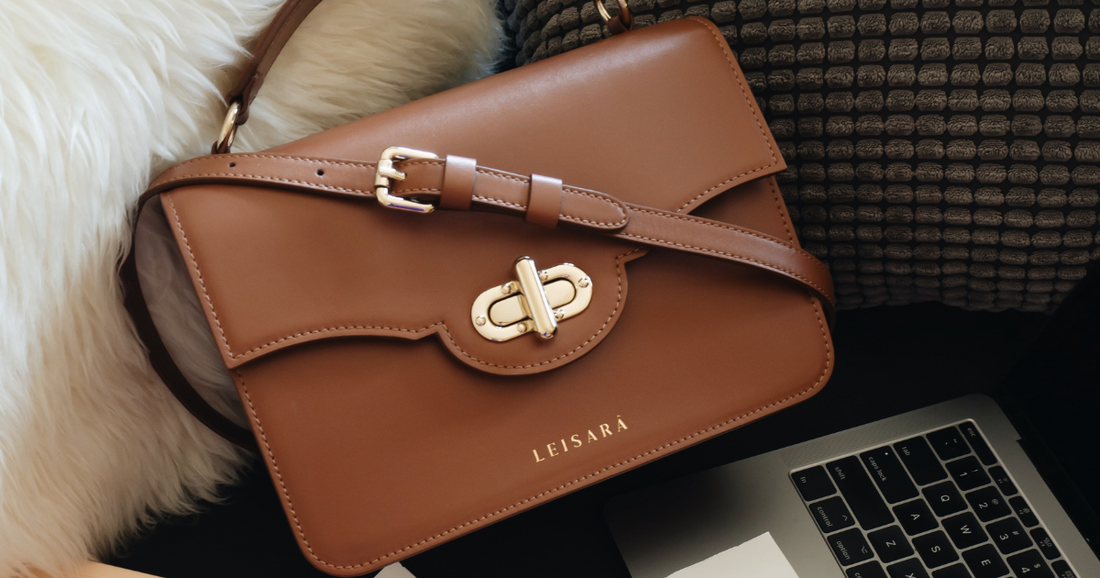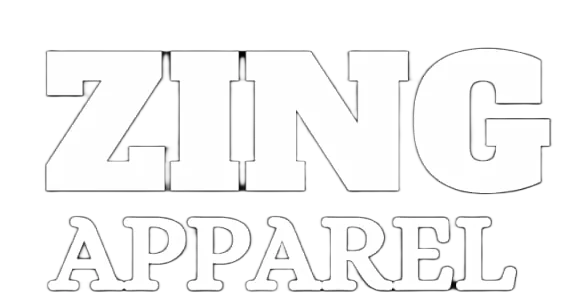
Top 5 Things To Know About Vegan Leather Jacket
What Does Vegan Leather Smell Like?
PVC or PU-based vegan or faux leather frequently has an odd odor due to the chemicals used. It may be rather difficult to get rid of, especially when attempting to preserve the material, and is sometimes characterized as having a "fishy" smell. This unpleasant scent is also produced by harmful poisons that PVC can release.
What Does Vegan Leather Look Like?
There are various variations in vegan leather, with some having a more 'leather-like' texture than others. In general, there isn't much of a difference between genuine and vegan leather when it comes to high-quality vegan leather. But because vegan leather is synthetic, it lacks the natural patina that real leather develops with age and has far fewer breathable pores because pleather is made of artificial pores.
Vegan Versus Real Leather:
When choosing between veganism and genuine leather, the majority of people are primarily concerned with the effects it has on animals and the environment. Though the word "vegan leather" may suggest a product that is eco-friendly, this isn't necessarily the case.
Is Vegan Leather Good For The Environment?
Because it is never made from animal skins, faux leather is often referred to as vegan leather. However, although this is great news for animal campaigners, the chemicals in the polymers used to produce it make synthetic leather harmful to both humans and the environment. When PVC-based synthetics are manufactured and disposed of, dangerous dioxins are released into the environment. These dioxins can affect reproduction, development, and overall health. Additionally, the synthetic materials used to make vegan leathers don't entirely biodegrade; while they can break down to some extent, they can also produce harmful particles and phthalates that can have an impact on the environment and the health of animals.
Is Vegan Leather Better Than Real Leather?
Comparing real leather with vegan alternatives requires careful consideration of factors like quality and durability. Although vegan leather is frequently considerably lighter and thinner than genuine leather, which is fantastic for fashion and may make it simpler to work with, it is also less durable than real leather. A pair of shoes produced from high-quality imitation leather may last only a year or so, while real, high-quality leather can last decades with proper care. This is a crucial consideration when choosing between real and imitation leather products since buying one real leather item may have a less negative environmental effect than buying several fake leather ones.
Real leather ages and develops a patina over time, which is said to give leather character. Synthetic leathers likewise wear out quite unsightly.
Real leather has pores that allow skin to breathe, while faux leather—especially PVC-based faux leather—isn't breathable at all. Therefore, long-term wear of vegan leather apparel items like coats may cause discomfort.
Apart from the environmental implications, imitation leather is generally far less expensive than genuine leather goods. This is because producing synthetic plastic leather is less expensive than producing real leather. The art of creating leather goods requires a great deal of talent, and custom leather goods like couches, coats, and bags can cost thousands of dollars. Since they are regarded as being of the highest caliber and most durable, manufacturers can demand these costs.
Maintaining Vegan Leather
Vegan leather jackets are already waterproof since it is coated in plastic. This means that conditioning products cannot penetrate it to prevent it from drying out and cracking, which can happen if the fake leather is exposed to the sun a lot or if the material is especially low quality. On the plus side, it is now easier to clean with a mild detergent or just a damp cloth. To stop the plastic from being cracked by the sun and extreme heat, you may purchase certain materials that will protect the plastic's surface. These goods may also aid in the material's softening.
How To Repair Vegan Leather
A faux leather repair kit, available online, may be used to replace or patch up the damaged area. They are suitable for many varieties of imitation leather and are simple to use.
Is Vegan Leather Good Quality?
Similar to actual leather, vegan leather may be found in a variety of quality levels. The greater the quality, the longer it will endure. Even at a high level, faux leather is often far less expensive and of inferior quality than real leather. Since vegan leather is typically thinner and ultimately far less resilient than real leather, it frequently tears or scuffs significantly over time.
How to Soften Vegan Leather
Traditional leather conditioning treatments have minimal effect on softening vegan leather since it is less permeable than genuine leather. For faux leather, vinyl conditioner is usually advised to be applied with a soft cloth in tiny circular motions. After that, use a fresh towel to remove any remaining conditioner before letting the product dry. You can keep going through this procedure until you get the desired amount of softness.
More Blogs:
- Top Stylish Jackets For Men
- Revolutionizing Professional Style and Security
- 7 Spring Jacket Trends to Wear In Mild Temperature Conditions
